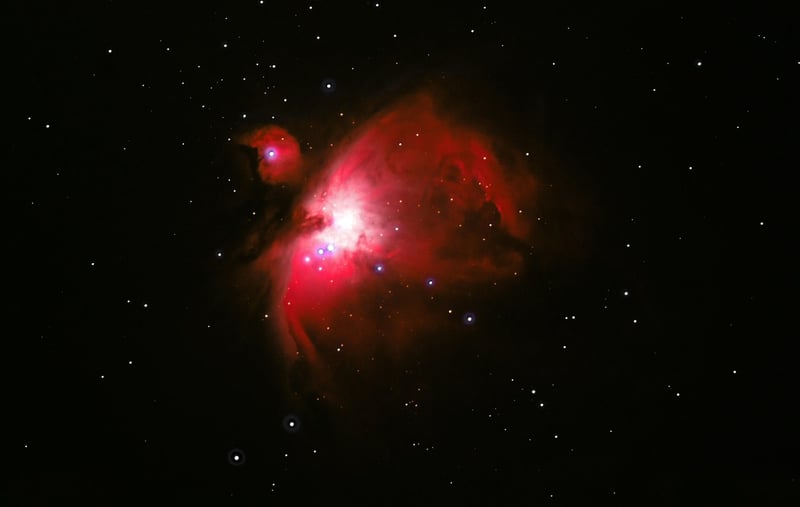Nebula Exploration
Journey Beyond Boundaries: Nebula Exploration
Embark on a cosmic adventure as we delve into the mesmerizing world of nebulae. These stunning formations of dust, hydrogen, helium, and other ionized gases are truly a sight to behold in the vast expanse of the universe.
What are Nebulae?
Nebulae are giant clouds of dust and gas in space. They come in various shapes and sizes, ranging from small, dense nebulae to expansive, diffuse ones. These structures serve as the birthplace of stars and planets, making them crucial to the process of cosmic evolution.
Types of Nebulae
- HII Regions: These are regions of ionized hydrogen gas, often associated with young, massive stars.
- Planetary Nebulae: The glowing shells of gas ejected by dying stars, forming beautiful, intricate patterns.
- Dark Nebulae: Dense clouds that obscure the light from objects behind them, creating striking silhouettes against the backdrop of space.
- Supernova Remnants: The remnants of massive stars that have exploded, dispersing elements crucial for the formation of new stars and planets.
Exploring Nebulae
Thanks to advancements in technology, we can now explore nebulae in unprecedented detail. Telescopes like the Hubble Space Telescope have captured breathtaking images of these cosmic wonders, allowing us to witness the beauty and complexity of the universe.
One of the most famous nebulae is the Orion Nebula, located in the Milky Way and visible to the naked eye. Its vibrant colors and swirling patterns make it a favorite among astronomers and stargazers alike.
Discover the Beauty of Nebulae
Immerse yourself in the awe-inspiring beauty of nebulae and marvel at the wonders of the universe. Whether you're a seasoned astronomer or an enthusiast looking to learn more about the cosmos, exploring these cosmic clouds is sure to ignite a sense of wonder and curiosity.

Join us on a journey beyond boundaries as we uncover the mysteries of nebulae and witness the breathtaking beauty of these celestial phenomena.
